After a six-year hiatus from train travel in India, primarily due to the convenience of an excellent expressway network, I recently (2024) got an opportunity to embark on a memorable journey aboard the much-hyped VandeBharat Train. This Memoir recounts my experience and reflects on the transformation in India’s commuting landscape. While the expressways had become my preferred means of travel, the allure of VandeBharat’s airplane-like amenities and speed prompted me to explore train travel once again.
The Journey Begins
My expedition commenced with the fastest means during peak NCR traffic hours – Noida and Delhi Metro. As i reached New Delhi Railway Station, I had been surprisedly greeted with a revamped connectivity, featuring a mall-like overbridge, minimizing the hustle to reach inside the railway station. However, the platform aesthetics still bore the old, uninspiring look.
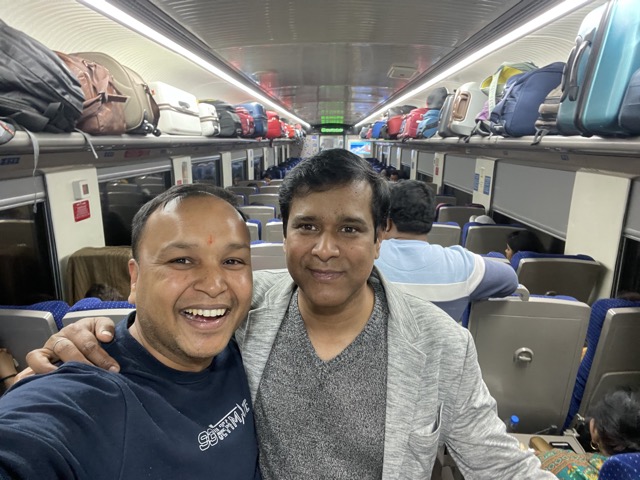
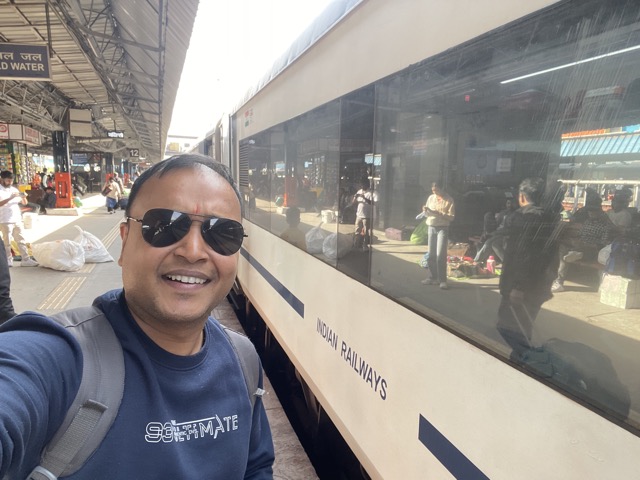
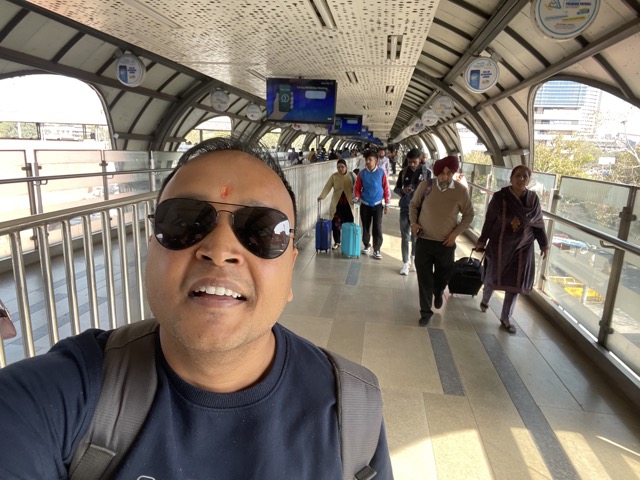
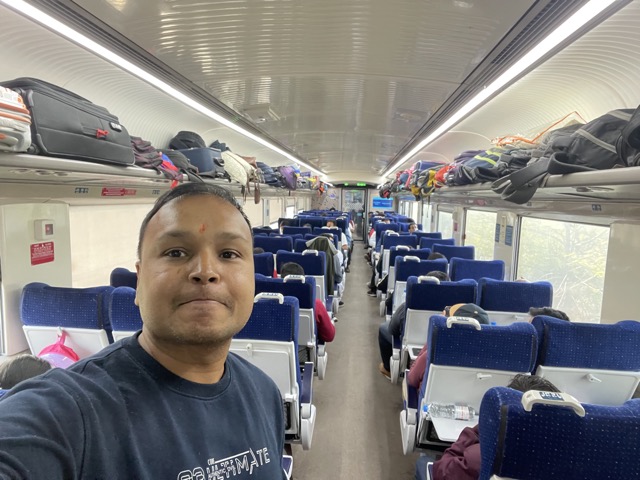
VandeBharat Anticipation
The wait for VandeBharat was met with surprise among fellow traveler’s, as it is renowned for its punctuality. However, the train arrived almost 40 minutes late, due to delay in morning train originating from Varanasi to Delhi. A further delay ensued as the staff diligently cleaned the train before boarding. During this unexpected delay, I meet with an old office colleague, Anupam Narain, turning the wait into a pleasant reunion.
Onboard Experience
The train’s interior boasted airplane-like aesthetics, with well-designed seating arrangements. Despite the hour-long delay, the overall hospitality was commendable. However, I noted room for improvement in the catering staff’s presentation and hygiene, reminiscent of the traditional Rajdhani train style.
Connectivity and Sophistication
VandeBharat, although maintaining a speed above 100 km per hour, fell short of the 150 km per hour speed I recalled from a previous Shatabdi journey between Bhopal-Delhi. Interestingly, the train seemed to foster an atmosphere akin to an airplane, where passengers remained more introverted and less inclined to connect with fellow traveler’s.
Journey Highlights
As time passed at a leisurely pace, and with today’s Indian overwhelmed by non-family-friendly content on OTT platforms, I discovered a lack of engagement where people hooked to mobile screen. Noticing the absence of the traditional Indian train atmosphere filled with lively public chatter, I made the decision to break away from my seat. Venturing through ten bogies, to connected with office colleague once again, spending the subsequent four hours close to the locked doors of VandeBharat. This unexpected encounter with an old colleague brought a delightful and enjoyable element to the journey.
My experience with VandeBharat left me optimistic about the evolving landscape of train travel in New Bharat (India). While the train showcased a glimpse of the future envisioned by our beloved PM Narendra Modi, there is still room for improvement, especially in platform aesthetics. Examples like the transformation of Habibganj Station near Bhopal into Rani Kamalapati resembling much like Airport Terminal highlight the potential for creating airport-like facilities at railway stations. Excitement fills the air as New Bharat (India) moves toward its 2047 target of becoming a developed nation, with a transformed and efficient train commute system leading the way.
#AskDushyant
#TrainTravel #VandeBharat #IndianRailways #NewBharat #CommuteExperience #TravelBlog #RailwayJourney #ExpresswayNetwork #TransportationInIndia #OfficeColleagueReunion #TrainAdventure #IndianRailwaysTransformation #PMModiVision2047 #RailwayInfrastructure #TravelOptimism #IndianTravel #PlatformImprovement #BharatCommute #TrainAesthetics #IndianRailwayDevelopment #Year2024
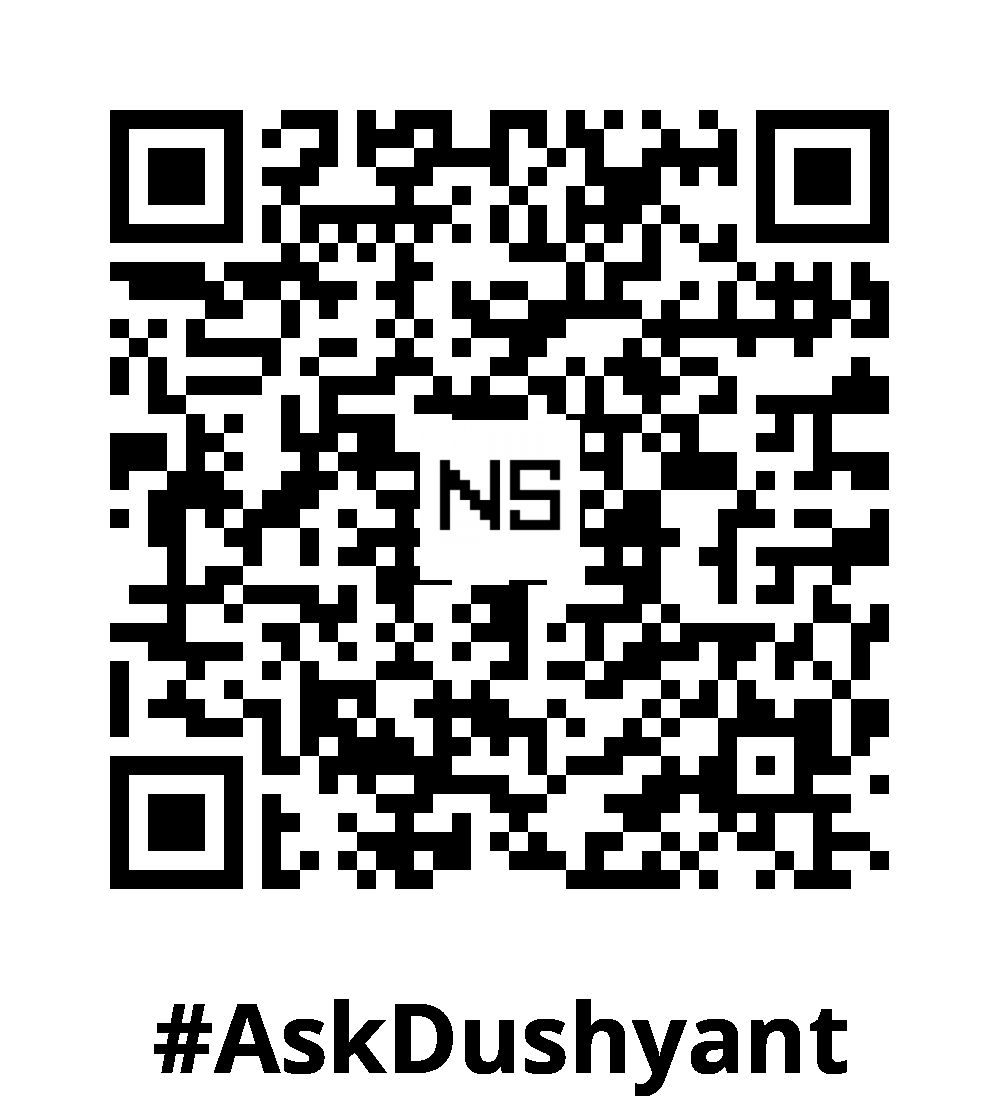

Leave a Reply